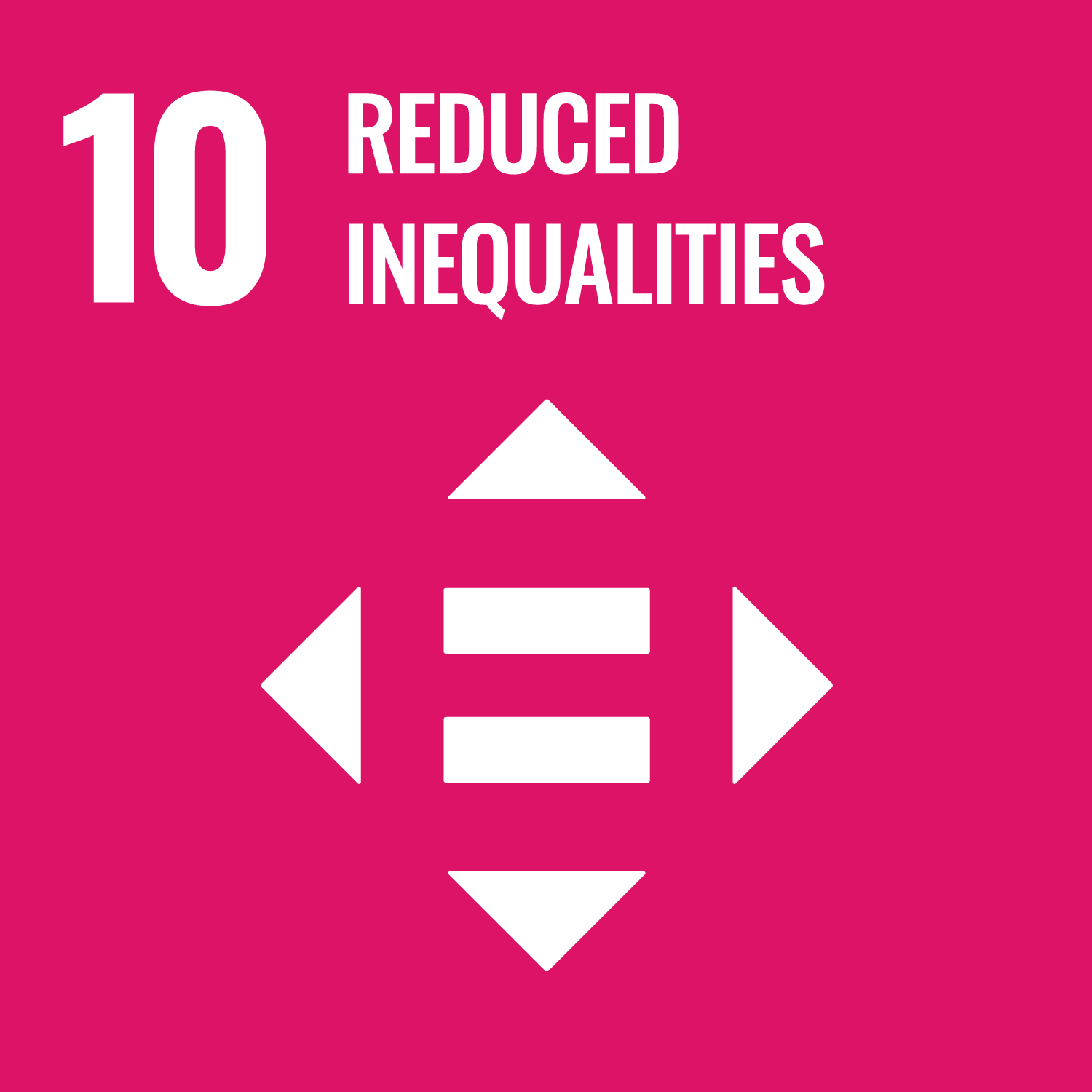Bennett, N. orcid.org/0000-0002-4742-7656, Bambra, C. orcid.org/0000-0002-1294-6851, Sinclair, D. orcid.org/0000-0002-3468-7475 et al. (2 more authors) (2025) Ecological study of the association between the English national vaccination programme and area deprivation inequalities in COVID-19 mortality. BMJ Open, 15 (1). e085195. ISSN 2044-6055
Abstract
Objective: To understand how area deprivation inequalities in COVID-19 mortality changed during the national vaccination programme in England and to identify the extent to which these inequalities might be explained by unequal vaccination uptake.
Design: Ecological study.
Setting: 307 Lower Tier Local Authorities in England, March 2020 – December 2022.
Main outcome: measure Inequality in age-standardised mortality rates 28 days after a positive COVID-19 test by area-level deprivation from March 2020 to December 2022. We employ three different measures of this inequality: the disparity index, the concentration and generalised concentration index, and absolute and relative measures of inequality. We use the 2019 edition of the Index of Multiple Deprivation, transformed into quintiles.
Results: Relative inequalities in age-standardised mortality rates 28 days after a positive COVID-19 test reduced substantially (from around 6.9 times higher in most deprived to least deprived to 1.2 times higher) in the 25 months after the national vaccination rollout began. Vaccination uptake between the most and least deprived quintiles widened with each dose. Inequalities in cumulative mortality rates developed quickly, and while they stabilised and reduced, they did not disappear. We estimate that if vaccination rates in the most deprived areas had been the same as those in the least deprived, absolute disparity inequality would have been reduced from 118.9 per 100 000 (95% CI 117.0 to 120.7) to 40.2 (95% CI 3.7 to 76.7) at the end of 2022.
Conclusions: National COVID-19 vaccination strategies offer the potential to significantly reduce inequalities in COVID-19 mortality rates. However, more could be achieved if barriers to vaccination uptake in the most deprived areas are overcome.
Metadata
| Item Type: | Article |
|---|---|
| Authors/Creators: |
|
| Copyright, Publisher and Additional Information: | © Author(s) (or their employer(s)) 2025. Re-use permitted under CC BY. Published by BMJ Group. https://creativecommons.org/licenses/by/4.0/ This is an open access article distributed in accordance with the Creative Commons Attribution 4.0 Unported (CC BY 4.0) license, which permits others to copy, redistribute, remix, transform and build upon this work for any purpose, provided the original work is properly cited, a link to the licence is given, and indication of whether changes were made. See: https://creativecommons.org/licenses/by/4.0/. |
| Keywords: | COVID-19; Mortality; Public Health; Vaccination; Humans; COVID-19; England; Immunization Programs; SARS-CoV-2; COVID-19 Vaccines; Healthcare Disparities; Socioeconomic Factors; Female; Male; Vaccination; Health Status Disparities |
| Dates: |
|
| Institution: | The University of Sheffield |
| Academic Units: | The University of Sheffield > Faculty of Social Sciences (Sheffield) > School of Education |
| Depositing User: | Symplectic Sheffield |
| Date Deposited: | 07 Feb 2025 10:34 |
| Last Modified: | 07 Feb 2025 10:34 |
| Status: | Published |
| Publisher: | BMJ |
| Refereed: | Yes |
| Identification Number: | 10.1136/bmjopen-2024-085195 |
| Related URLs: | |
| Sustainable Development Goals: | |
| Open Archives Initiative ID (OAI ID): | oai:eprints.whiterose.ac.uk:222966 |



 CORE (COnnecting REpositories)
CORE (COnnecting REpositories) CORE (COnnecting REpositories)
CORE (COnnecting REpositories)